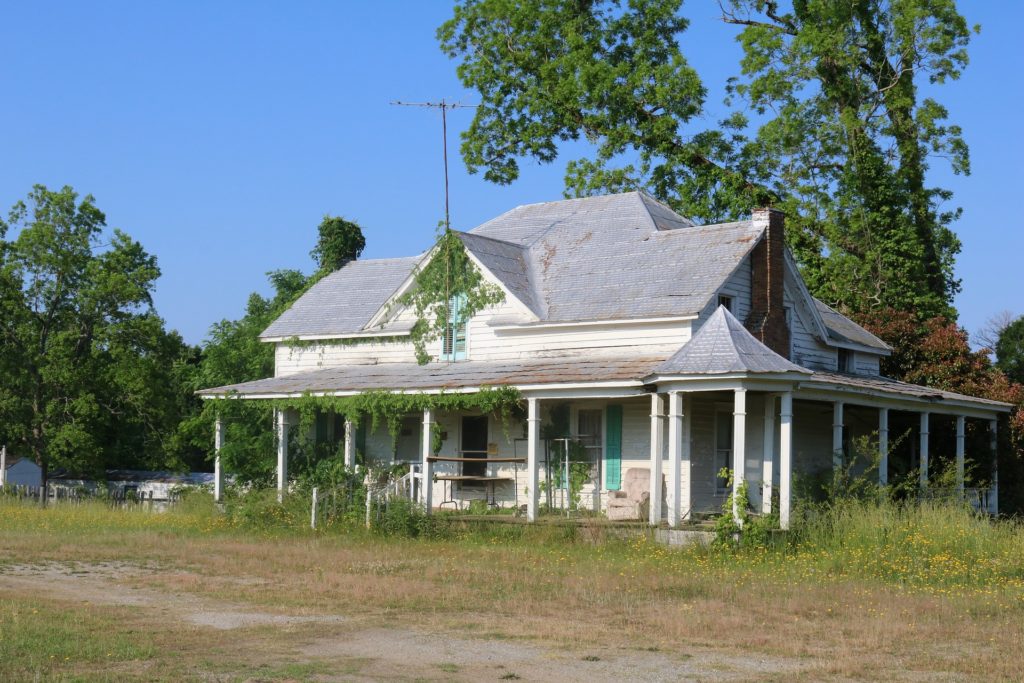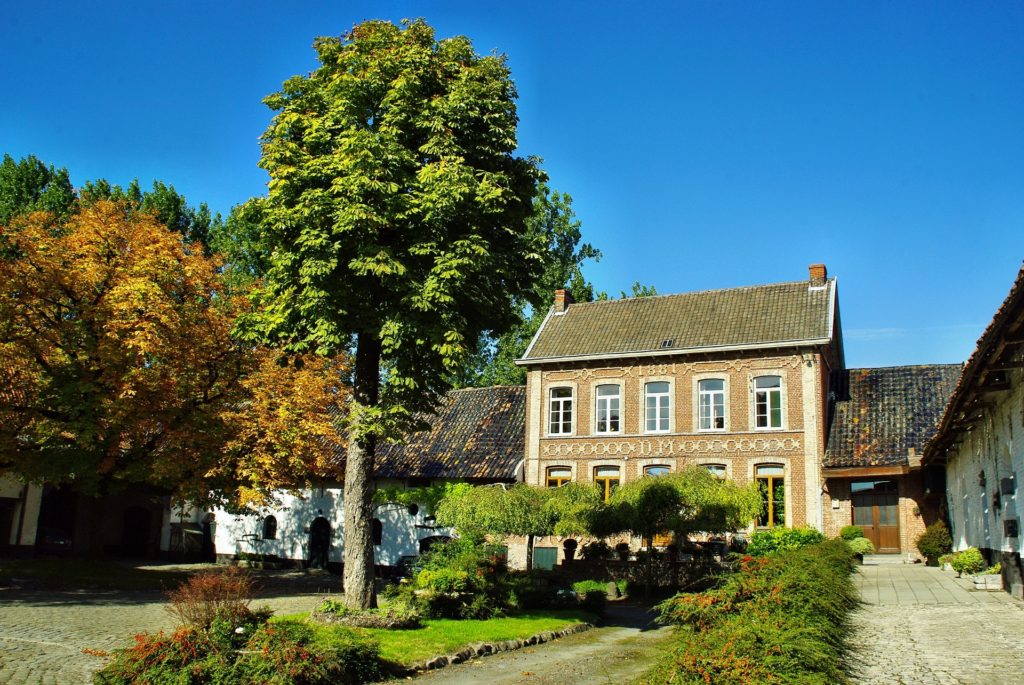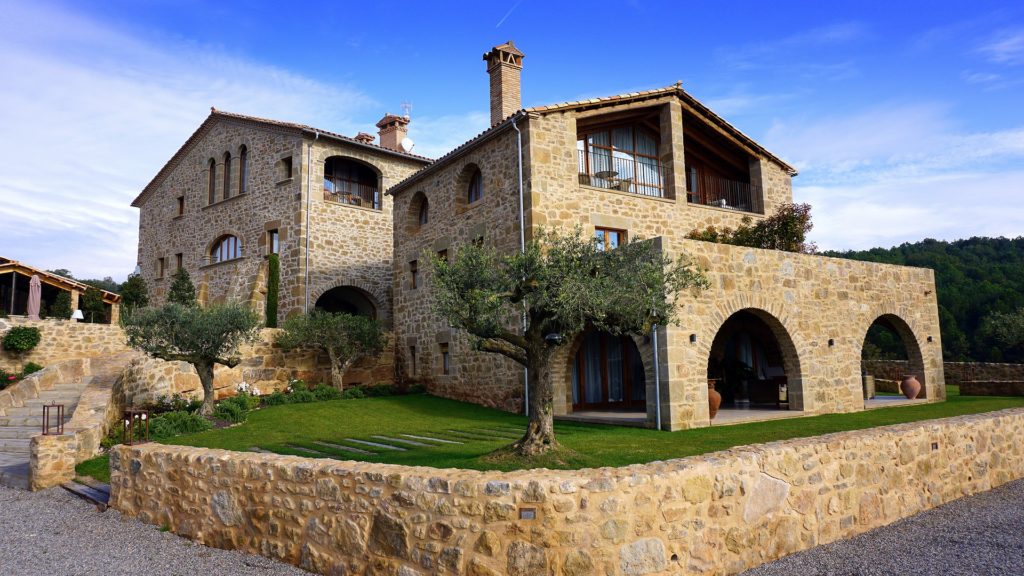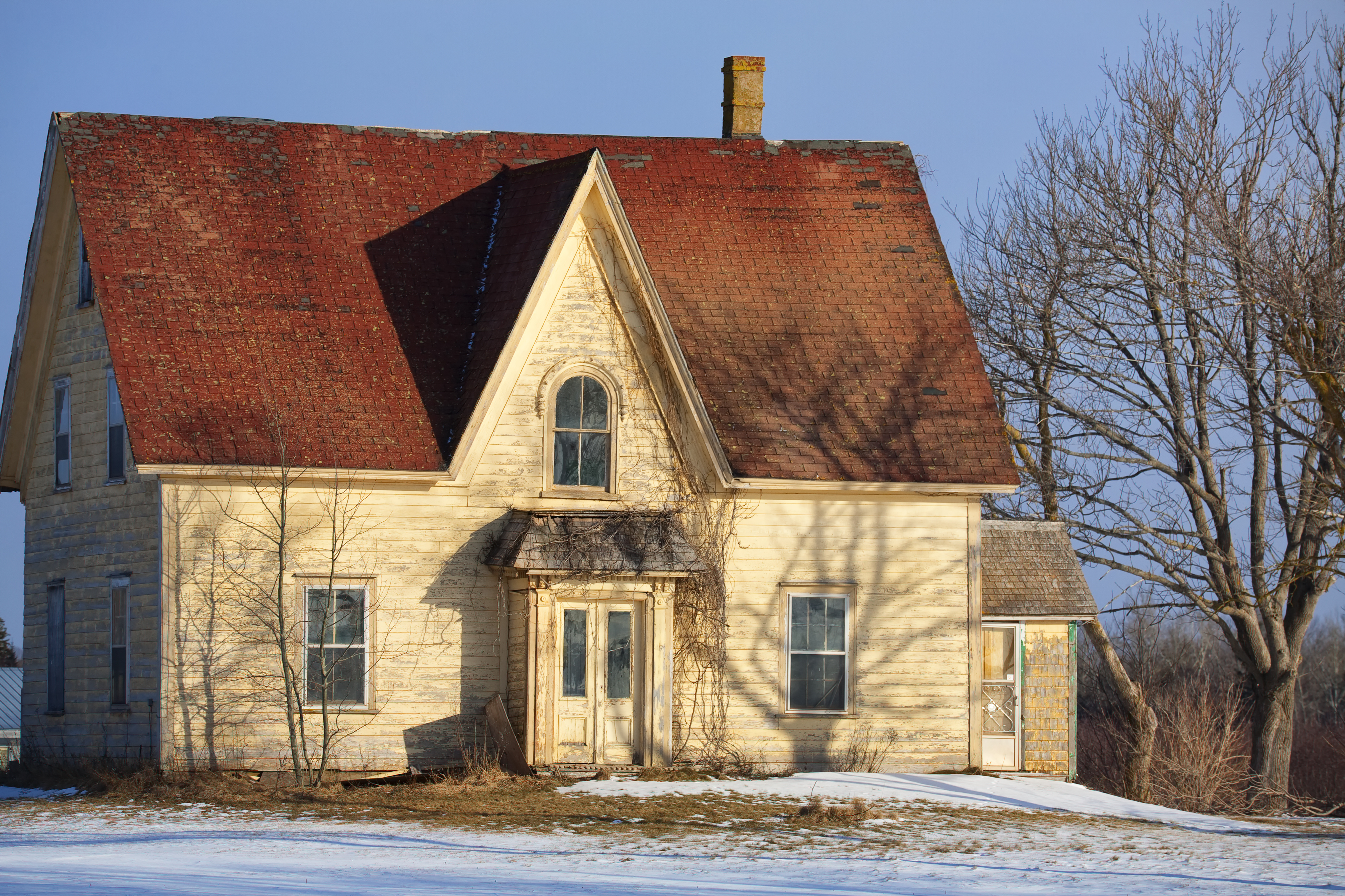The Pros and Cons of Old Country Homes Renovations
I have been hooked on a BBC TV series recently – Restoration Homes. For those of you that haven’t seen it, it’s an excellent show where brave Brits buy run down, historic buildings and turn them into stunning homes for their family.
The transformations of these barns, churches and even castles is definitely an exciting
Sometimes people don’t realize what they are getting into. Restoring older homes or buildings doesn’t just mean you’ll be putting in a new kitchen and updating the wall-paper. Older homes often require much more work than that.
It often becomes more of a rehabilitation project than a renovation.
Because here at Land and Title, we focus on Country Homes and Rural Properties, let’s discuss some of the issues you may run into when reviving a century old country home or
Old Home Renovations Are Expensive.
With older homes, there is always a high chance that you will run into unpleasant surprises
Aside from general interior updating, here are some other items that may need replacing:
- Windows. Specifically original windows – can easily have you running into the thousands of dollars, especially if the windows need to be custom made.
- Stone and Brick home may need masonry work and re .
- Roof repair or replacement. This may go beyond old shingles and get into more structure issues with the roof trusses.
- Updating or replacing life support systems.
All of which can add up quickly. And that’s before you even get started on that new kitchen.
Life Support Systems – Live With Them or Update Them?
Life support systems include wiring, plumbing, heating
If the current owner has not updates theses items you may find some unusual life support systems. For example, you may run into old cinder block basement cisterns for water. Boilers, radiators, fireplaces
Insurance companies can take issue with older and outdated life support systems. Often times they will ask for some items to be updated to modern standards which can quickly get costly.
Renovations Can Take Longer Than Expected.
Some of you may be perfectly fine with this.
If the home is habitable, you can fix up and renovate things as you live there.
For others looking to revive an old home, this may not be possible.
Your move-in in date could be months to years away depending on your budget, who you have helping you, what needs to be done and even the weather.
Contractors or your Architect should be able to give you a timeline for the project. However, with unforeseen surprises that can pop up in extensive home renovations, it is wise to budget for a few extra months … just in case.

Old Homes That Need Work Can Be Tough To Finance.
Getting financing on a run down or inhabitable building can be difficult. Banks especially don’t like the “as is, where is” text that is sometimes added to listings for old homes that need work.
Even if you are planning to demolish the home. It would likely be valued poorly by an appraiser and banks don’t feel secure lending on these types of properties.
However, it must be said that a property that shows potential value could be considered by A- lenders.
For example, if the home’s exterior was in pretty good shape but just had outdated life support systems and a very dated interior, you might get away with a regular old mortgage.
Although in this case having the home insured may be troublesome.
For those really run down homes, your best hope of getting financing would likely be with a
This issue, of course, doesn’t apply if you are able to finance the entire purchase and project by yourself.
I would be remiss if I didn’t mention some of the great things about living in an old country home.
Unique Homes Can Come From Restorations.
There is a reason people love the idea of living in an old century home or farmhouse.
They have character and charm.
Think stunning post and beam ceilings, Victorian-era style trim, magnificent staircases, cozy rooms
Many of these older homes are built strong – typically made of a solid brick or stone exterior. This may need masonry work but generally, these homes are solid.

Opting to buy an older home could open up your options in terms of price and the land the home sits on as well.
We have had clients who were willing to work on the home because the house they were buying sat on a gorgeous lot on top of the Niagara Escarpment.
You Might Be Able To Pick Them Up For A Good Price.
Although financing may be an issue on these older homes, you may be able to acquire them for slightly below market value because the home needs work.
But this is a strong “may”.
Nowadays with the lack of inventory and high real estate prices choice has been limited for everyone.
This means more people are willing to take on a project than ever before. And if the home is on an incredible lot, chances are even more people will find it interesting. Even if that means demolishing the current home.
Having said that though, because renovation costs are high as well, you might be in luck at the slightly higher price points. It may not sound like a deal paying for a property that needs work at the $500,000 – $1,500,000 price points but if it was on a 4-acre lot, compared to an updated home on the same lot, you could be getting a deal.
Also, if the home has been listed for some time you’ll hopefully have more negotiating power on the price as well.
If you would like examples of homes that need restoring or homes that have been bought, restored and resold, Please contact me! I will send you real – active and sold – homes in Ontario.
Refinance Your Restoration.
Once the project is completed you may be able to refinance the property with an A lender, putting a new mortgage on your essentially new home.
This can be a little complicated and you should definitely talk to your mortgage broker or financial advisor about your options for after renovations.
Be sure to do this prior to buying the home and have a good plan in place.

Buying an older home can be intimidating. And it should be. Many people take on the task without truly knowing what they are getting themselves into.
The best thing you can do when buying an older century home or farmhouse is to have a good team in place. Before you put in an offer.
A dream team of good architects, contractors, realtors, home inspectors (versed in century homes) and mortgage brokers are a must have for taking on this kind of project.
Read here for mistakes to avoid when buying and restoring an old century home or farmhouse.






